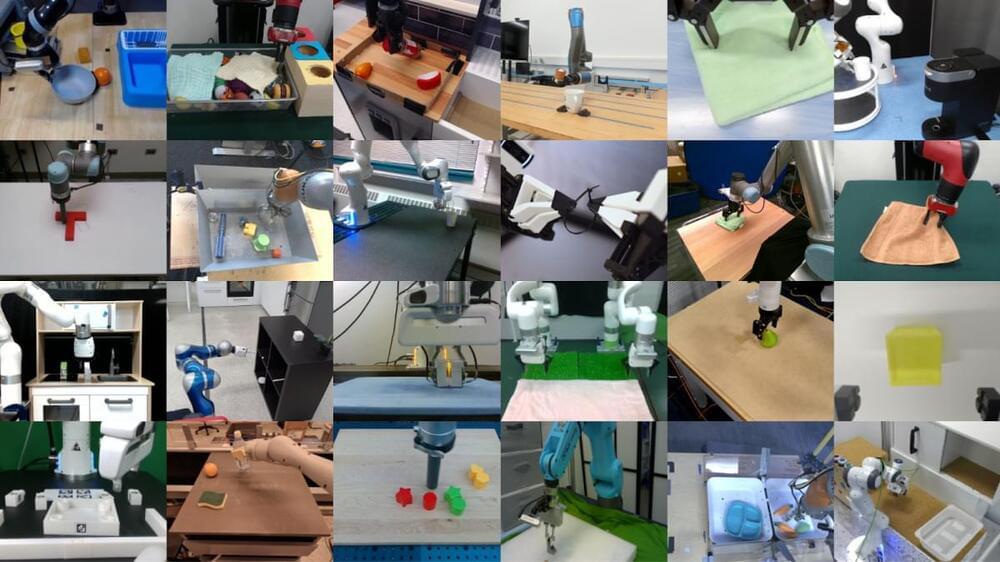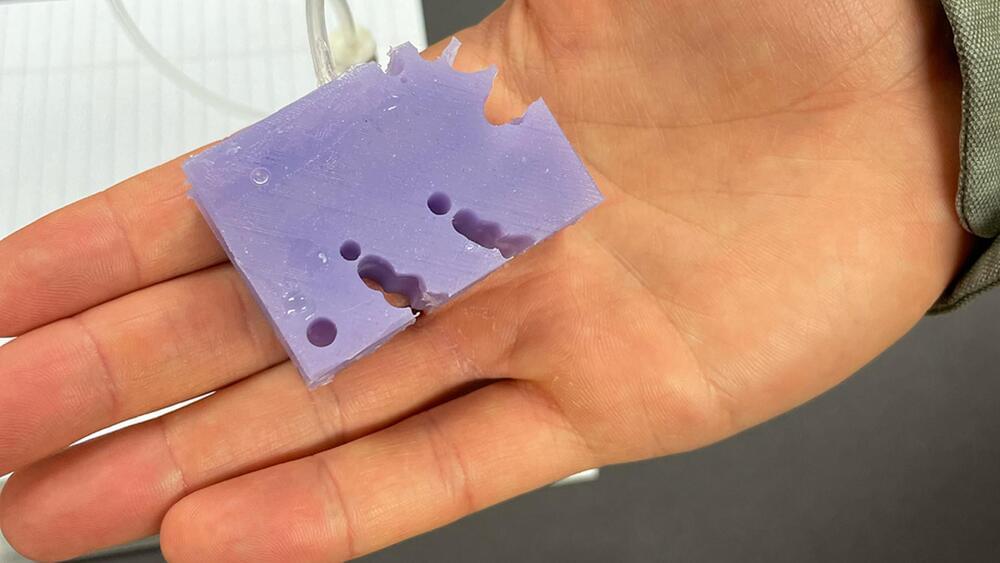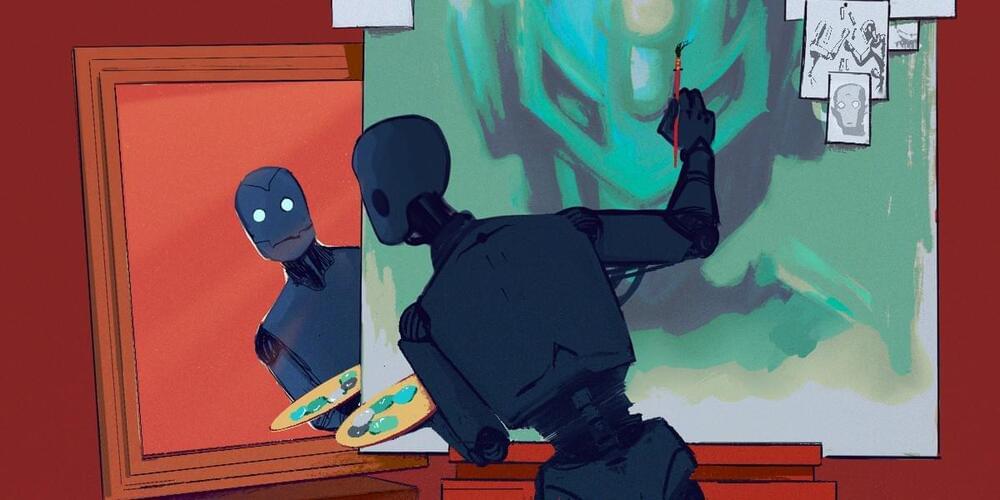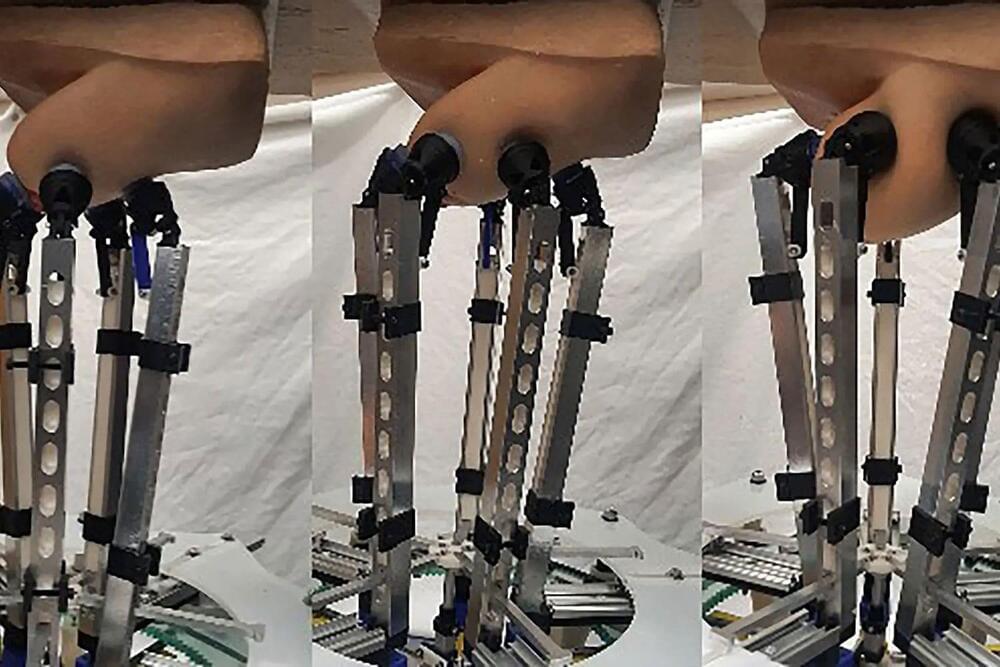Wollberg and Berry, Prophetic’s CEO and chief technology officer, respectively, plan to showcase a semi-working prototype either later this month or in early November. But the full test of the prototype, they say, will have to wait until the third or fourth quarter of 2024, after the conclusion of a yearlong study on brain imaging conducted in partnership with the Donders Institute for Brain, Cognition and Behaviour, part of Radboud University in the Netherlands.
The co-founders have the type of lofty dreams typical of a modern-era tech startup, with Wollberg comparing the company to OpenAI. Its mission is to work “collectively towards understanding the nature of consciousness” and its LinkedIn page reads, “Prometheus stole fire from the gods, we will steal dreams from the prophets.”
But a year out from a fully working prototype, with plans to ship devices starting in spring 2025, Prophetic is still a ways away from delivering on its promises.








